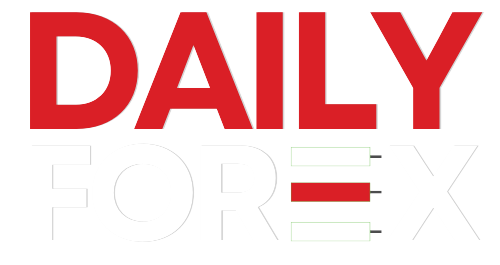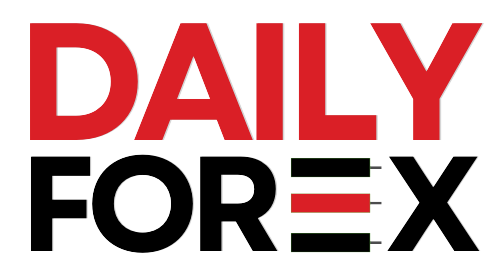Introduction: Bitcoin Runs on a Network — But What Does That Mean?
To understand how Bitcoin works, you need to first understand what a network is—especially a computer network.
Bitcoin doesn’t rely on a central authority like a bank to manage transactions. Instead, it operates on a decentralized network made up of thousands of computers around the world.
Let’s take a quick dive into the two most common types of networks—and how Bitcoin fits in. 🌐
What is a Network?
In simple terms, a network is a group of computers that are linked together so they can share data and communicate with one another.
There are two main types of computer networks:
1. Client-Server Network
This is the most common network structure used by banks and online payment platforms like PayPal, Venmo, Apple Pay, and Google Pay.
How it works:
- A central computer (server) manages all the data.
- Other devices like your smartphone or PC (clients) connect to the server to send and receive data.
Pros:
- Efficient and fast for small-scale systems.
Cons:
- 🛑 Single Point of Failure (SPOF): If the server goes offline or is hacked, the entire network fails.
2. Peer-to-Peer (P2P) Network
In a P2P network, there’s no central server. Every computer is known as a node, and all nodes are equal.
Each node acts as both a client and a server, sending and receiving data directly with others.
Examples of P2P networks:
- File-sharing systems like Napster or BitTorrent
- The Internet itself
Key Features of P2P Networks:
- 🕸️ Decentralized “web-like” structure
- ⚖️ All participants are equal (peers)
- 🔁 Direct data exchange without intermediaries
How This Applies to Bitcoin
The Bitcoin network is a peer-to-peer (P2P) network made up of thousands of nodes spread around the globe.
Here’s why this matters:
- ✅ No central server — If one node fails, the rest keep working.
- ✅ Resilience — Harder to hack or shut down.
- ✅ Equal Participation — Anyone with internet access can run a node.
Each Bitcoin node:
- 📡 Shares information with other nodes
- 📁 Maintains a copy of the blockchain (Bitcoin’s public ledger)
- 🔍 Verifies and validates transactions
Client-Server vs. P2P: A Quick Comparison
| Feature | Client-Server Network | Peer-to-Peer (P2P) Network |
|---|---|---|
| Control | Centralized (Server-based) | Decentralized (Node-based) |
| Vulnerability | High (SPOF) | Low (Distributed) |
| Example | Bank, PayPal, Venmo | Bitcoin, BitTorrent |
| Efficiency | Fast but fragile | Slightly slower but resilient |
Final Thoughts: Bitcoin’s Network is What Makes It Special
Bitcoin is more than just digital money—it’s a revolutionary system built on a robust, decentralized network.
By eliminating the need for a central authority, Bitcoin allows anyone to participate, validate, and transact globally, 24/7.
🔍 Learn more about how Bitcoin works step-by-step at www.dailyforex.pk — your go-to platform for crypto education in Pakistan! 🇵🇰🚀




